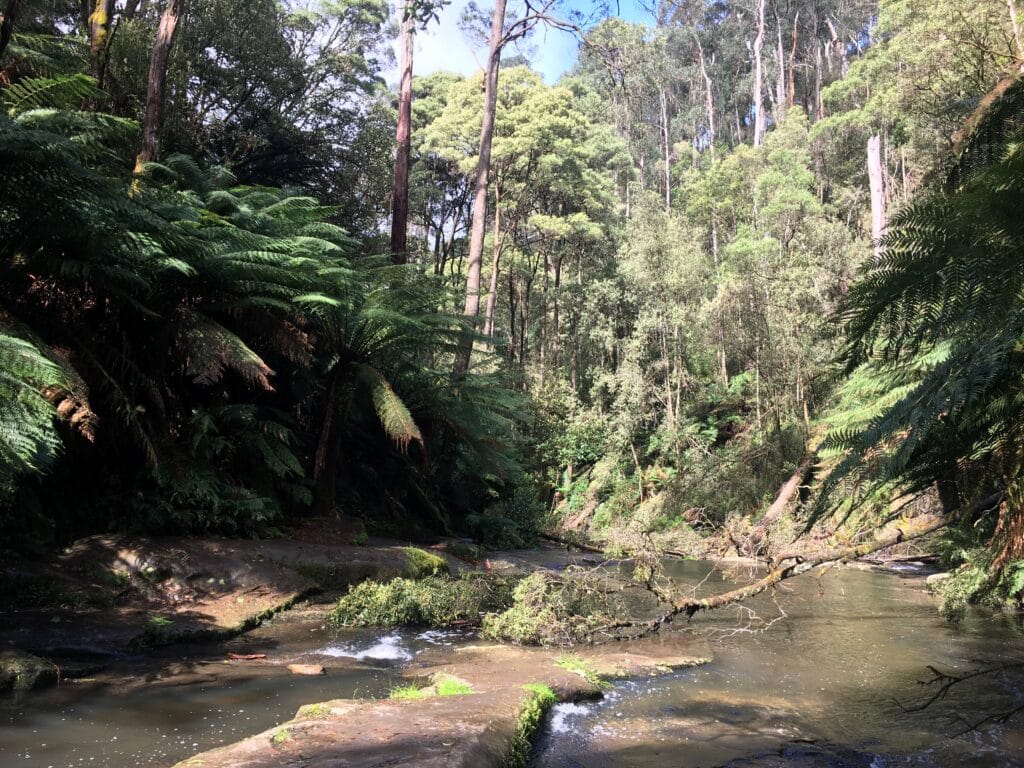Biodiversity provides life-supporting systems that enable all organisms, including humans, to survive. These services are critical for human well-being, and they are threatened by the loss of biodiversity.
Climate change is one of the major drivers of biodiversity loss, as it alters the habitats and ecosystems in which species live. It is well known and now frequently seen that changing temperature and precipitation patterns cause habitat loss and fragmentation, increase the incidence of natural disasters, and disrupt ecological processes such as pollination and seed dispersal.

The loss of biodiversity, in turn, exacerbates climate change by reducing the ability of ecosystems to sequester carbon. For example, when we destroy forests, we not only release carbon dioxide into the atmosphere but also reduce the capacity of that forest to absorb carbon dioxide. An example of this is the Amazon Rainforest, which is changing from a carbon sink to a carbon source due to deforestation.
Fortunately, there are many ways in which we can address these interconnected issues. One approach is to protect and restore biodiversity by conserving and managing natural ecosystems, reducing habitat fragmentation, and promoting sustainable land-use practices. For instance, sustainable agriculture practices such as agroforestry, which involves planting trees alongside crops, can help restore biodiversity while also sequestering carbon in the soil and reducing the use of synthetic fertilisers.
Another approach is to reduce greenhouse gas emissions to mitigate climate change. By transitioning to clean energy sources, improving energy efficiency, and reducing waste, we can reduce our carbon footprint and slow the pace of climate change. This, in turn, can help reduce the impact of climate change on biodiversity.
EAS is currently working on a project to develop a catchment-wide monitoring system with WAI Wanaka. As part of this, EAS is researching and analysing data on a variety of ‘catchment health’ indicators in the Wanaka area, including biodiversity.
We have had some interesting discussions around what data best represents biodiversity in Wanaka and whether non-native species should be included in biodiversity measurements. One of the most complete data sources found so far is predator control data in the area. The data shows that there are increasing numbers of traps in the Wanaka area, but the amount of predators caught is increasing at an even faster rate. This could suggest that traps are becoming more efficient at catching predators… or that predator populations are actually increasing.
This project is a great example of some of the challenges in measuring biodiversity but also shows a local organisation placing an emphasis on maintaining biodiversity as an important tool for reducing the impact of climate change on the local environment and ensuring that we continue to look after our native flora and fauna.
In conclusion, the connection between biodiversity and climate change is complex and multifaceted. Biodiversity loss and climate change are interconnected issues, and they must be addressed together to ensure the long-term health and sustainability of our planet. By protecting biodiversity and reducing our carbon footprint, we can create a more sustainable future for ourselves and for future generations.

